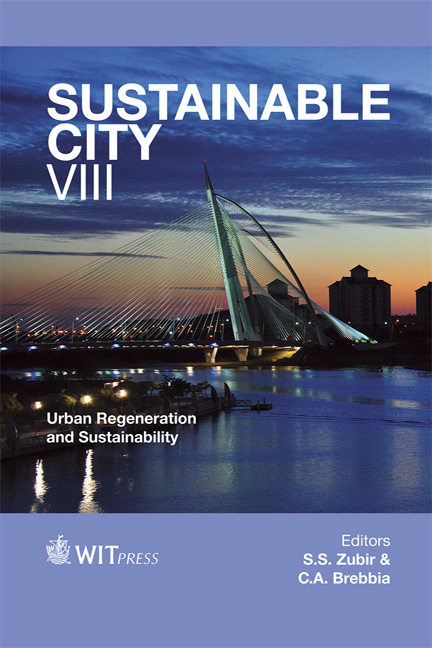The Effect Of The Scale Of Mosques And The Relationship With Passenger Access In Islamic Cities In The Safavid Age
Price
Free (open access)
Transaction
Volume
179
Pages
11
Page Range
989 - 999
Published
2013
Size
1,029 kb
Paper DOI
10.2495/SC130842
Copyright
WIT Press
Author(s)
Maliheh Ahmadi
Abstract
The mosque is regarded as an essential part of Islamic cities. Recognizing the impact of mosques on Islamic cities and how they influence people’s life is of great importance. The Safavid era (18th to 20th century) is regarded as a milestone in urban development in Iran. The main object of this paper is to examine the influence of the scale of mosques, and how easy was it for pedestrians to access those mosques in Safavid eras. In light of the peculiar status of the city of Isfahan among other Islamic cities in Iran; and in light of the fact that art and religion reached their climax at the seat of the government during the Safavid eras, we might find it useful to explore the atmosphere that dominated over the mosques in that city in those eras. Based on their function and location, on city, district, ward, scale, they have had their own throughways, and accesses with various entrances. This paper is based on the assumption that with respect to accessibility, function and structural organization, all mosques were not in identical situations. With respect to dimensions, capacity, building to open space ratio, accessibility, locality, and their function, this research concludes that the mosques in Isfahan are divided into 3 major categories. In addition to particular criteria and distinguishable features of mosques that were mentioned above, study of Safavid era mosques reveals that there is an identical characteristic which is common among all of the Safavid era mosques. This paper highlights some of those common features and makes special recommendations. Keywords: mosques, scale, passenger access, Islamic cities.
Keywords
Keywords: mosques, scale, passenger access, Islamic cities.





